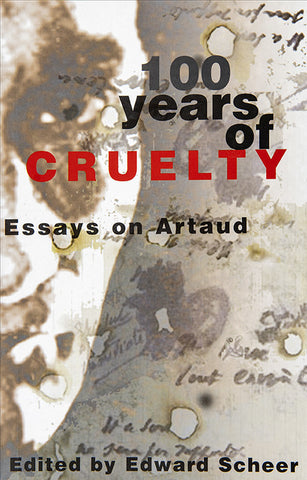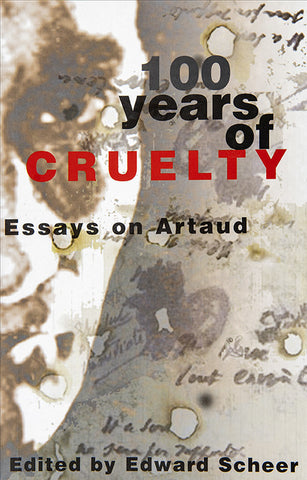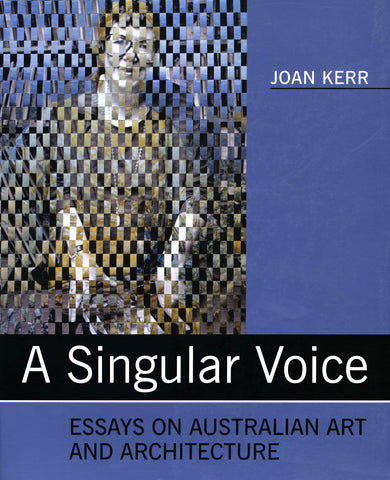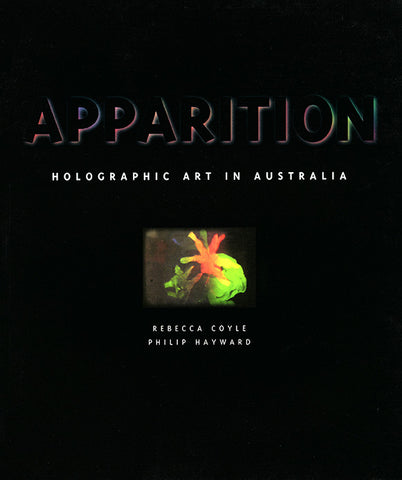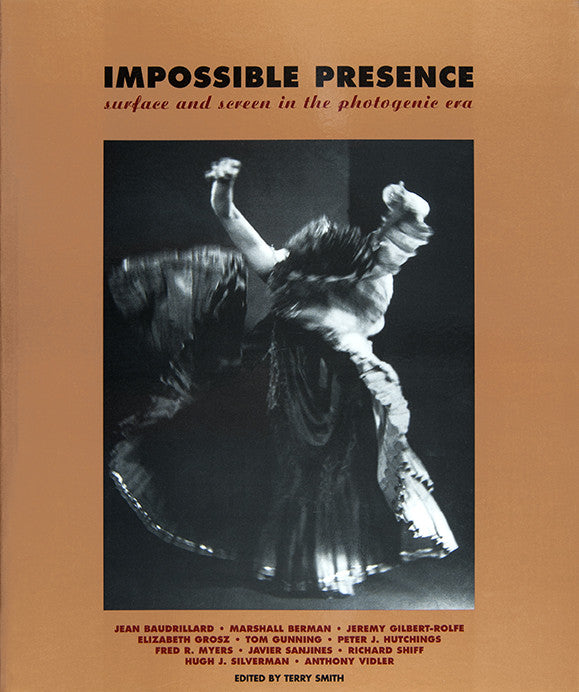
Impossible Presence
$43.95
Edited by Terry Smith
What has been the fate of the image in modernity, modern art, popular cultures, in postmodern art and in postmodernity? Has the simulacrum reached the point of unconditional purity? Or has the real returned often enough to convince even the most abject aficionados of post-humanism that presence insists most powerfully as persistence despite its apparent impossibility? The great, historical generative structures-perspectival space, the picturesque visual journey, and Baroque theatricality-have long since been displaced by two distinctly modern ones: the surface and the screen. The encounter between the historical structures and the modern ones has, we can now see, been all along conducted through the 'flesh' of the photographic. These intersections-definitive of modernism – continue to challenge all visual artists with something to show. They are also vitally shaping visual communication in public spheres.
In his introduction to Impossible Presence: Surface and Screen in the Photogenic Era, Editor Terry Smith shows how each chapter contributes to our understanding of how the interplay between viscerality and enervation, the struggles between surface and screen, and the rise of the photogenic have fundamentally shaped modern visual cultures. The essays in this volume trace the histories of these encounters. Marshall Berman sets out the emergence of New York's Times Square as a paradigm site of electric interaction between city and self.
Peter J. Hutchings follows the gaze of subjects in early photographs as it reaches across time and space to unsettle theorists of modern seeing. For Tom Gunning, the amateur photography of the Lumière brothers revealed a strange world of phenomena and actions, actual but 'impossible in appearance', which they then, in their cinematograph, set in awe-inspiring motion. It was this aspect of photography, Richard Shiff shows, which most marked modernist painting from Cézanne and Seurat to Chuck Close, forcing its digitalisation. One outcome, by the 1960s, was the Warhol phenomenon, read in two distinct ways here by Jean Baudrillard and Hugh J. Silverman, and differently again by Jeremy Gilbert-Rolfe, as an art shaped by the esthetics of fashion photography and video. Surface and screen took on new meanings at each stage, as they have again, recently, in the contemporary Aboriginal art movement, explored as it happened by Fred R. Myers. Throughout, the body demanded figurative presence-indeed, Elizabeth Grosz insists that it remains the basis of an ethics of everyday life while Elizabeth Grosz shows how an imagery of the body can be a site of both the construction of national identities and their reimagining. Anthony Vidler traces the impacts of digitalisation on design and on our anxieties about architecture.
310 pages, hardback, black and white images.

